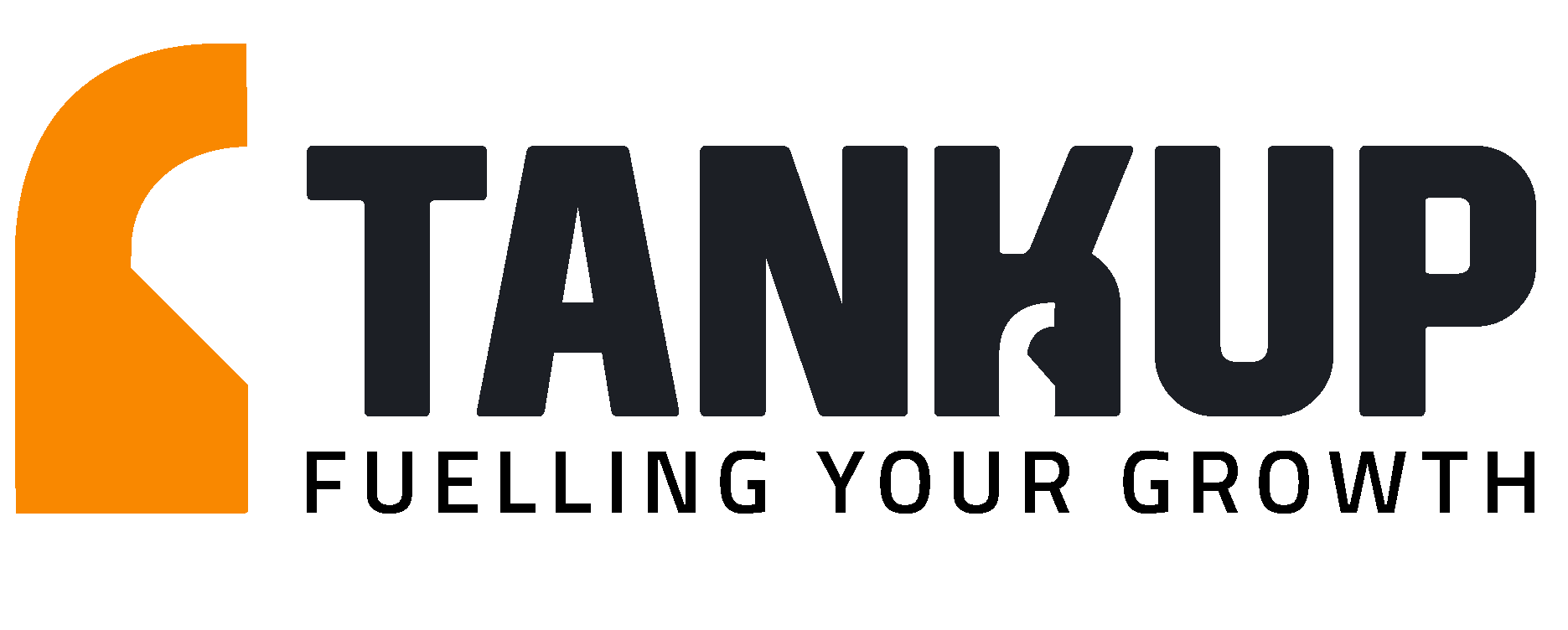
₹ 140000
₹133- ₹140
1000
₹175
25

25 Apr 2025
29 Apr 2025
30 Apr 2025
Application Details
Tankup Engineers IPO is a bookbuilding of Rs 19.53 crores. The issue is entirely a fresh issue of 13.95 lakh shares.
Tankup Engineers IPO opens for subscription on April 23, 2025 and closes on April 25, 2025. The allotment for the Tankup Engineers IPO is expected to be finalized on Monday, April 28, 2025. Tankup Engineers IPO will be list on NSE SME with a tentative listing date fixed as Wednesday, April 30, 2025.
Tankup Engineers IPO price band is set at ₹133 to ₹140 per share. The minimum lot size for an application is 1000. The minimum amount of investment required by retail investors is ₹1,33,000. But it is suggested to the investor to bid at the cutoff price to avoid the oversubscription senerio, which is about to ₹1,40,000. The minimum lot size investment for HNI is 2 lots (2,000 shares) amounting to ₹2,80,000.
About Tankup Engineers Limited (SME IPO)
Incorporated in 2020, Tankup Engineers Limited is engaged in the manufacturing of vehicle superstructures designed for complex mobility and storage solutions. The company specializes in custom-built tanks for transporting or storing liquids, gases, or solids, tailored to client specifications in terms of size, material, capacity, and functional features. Its product range includes self-bunded fuel tanks, mobile diesel bowsers, aircraft refuelers, fire tenders, and ground support equipment.
Tankup Engineers serves a wide array of sectors such as agriculture, mining, construction, logistics, aviation, defense, and infrastructure. The company operates out of a 2,665 sq. mtr. facility located in Lucknow, which is ISO certified, PESO approved, and holds the MSME ZED certification, reflecting its commitment to Zero Defect Zero Effect manufacturing. Among its key offerings are IoT-enabled mobile refuellers for optimized fuel management, customized water sprinklers designed to improve efficiency and safety while conserving water, and mobile service vans that ensure secure and effective on-site equipment maintenance.
FAQ
IPO stands for "Initial Public Offering." It's the process through which a privately-held company becomes publicly traded by offering its shares to the general public and listing them on a stock exchange for trading. This allows the company to raise capital from investors and grants individuals and institutions the opportunity to invest in and own a portion of the company.
The life cycle of an IPO, or Initial Public Offering, begins with a company's decision to go public. It involves hiring underwriters, registering with regulatory authorities, determining the IPO price, marketing to investors, and the subscription period where investors place orders for shares. After allocation and listing, shares become publicly tradable, and the company enters the secondary market. Ongoing reporting and corporate governance are crucial as the company continues to operate as a publicly-traded entity. The IPO aims to raise capital for growth and provides investors with opportunities to trade shares in the company.
An IPO (Initial Public Offering) is when a private company goes public by selling shares to the public. Investors buy these shares, giving them ownership in the company. It's a way for companies to raise capital and expand. The process involves underwriters, regulatory filings, setting the IPO price, and marketing to investors. After the IPO, shares can be traded on a stock exchange. IPOs offer opportunities and risks, so investors should research and consider carefully.
"Upcoming IPOs" refers to initial public offerings that have been announced by private companies but have not yet occurred. These are companies that plan to go public in the near future by issuing shares to the public and listing them on a stock exchange. Investors often keep an eye on upcoming IPOs as they represent opportunities to invest in companies at their early stages of public trading, potentially capturing growth potential. These offerings are typically accompanied by significant media and investor attention as they approach their launch dates.
 Download
Download